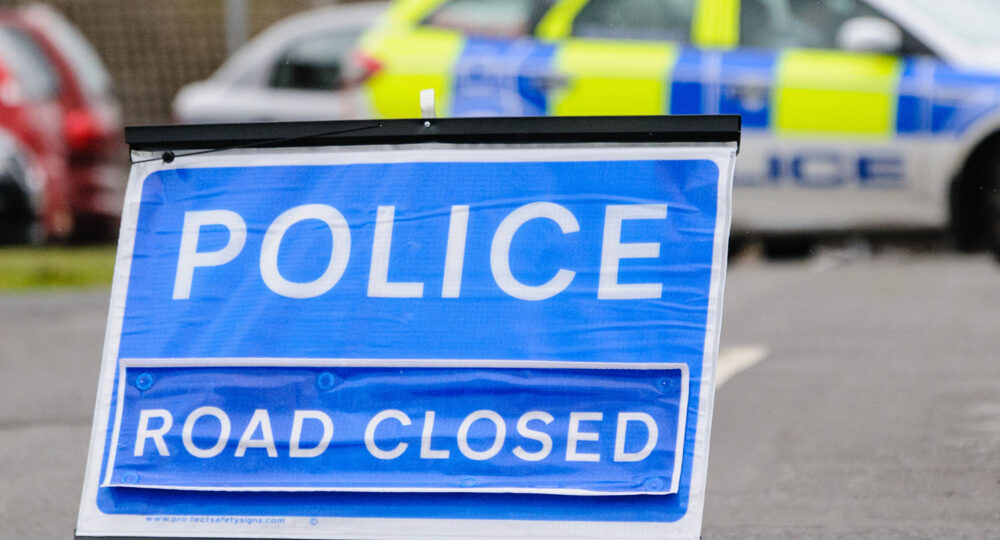Tripping accidents, a common occurrence, can lead to unexpected injuries and inconveniences. If you’ve experienced such an accident, you might be wondering whether you can claim compensation. This guide provides insights into your rights and the necessary steps to take when pursuing a claim.
Many of us will have been walking on a footpath and noticed a defect-perhaps a broken kerb, or a flagstone sticking up, or even a pothole. Maybe you have been out cycling and had to swerve around a large hole in the road.
In the UK, local councils/highway authorities are responsible for the inspection, maintenance and repair of public footpaths and roads (https://www.gov.uk/guidance/public-rights-of-way-local-authority-responsibilities).
Did you fall over a defect and hurt yourself?
The first crucial aspect to consider is how the tripping accident occurred. Did you slip because the kerb was broken? Perhaps you kicked your foot against the edge of a flagstone that was sticking up. You might have placed your foot half on and half off a difference in level because of a pothole, which causes you to lose your balance and fall.
Can you identify the precise defect?
It doesn’t matter if the whole pavement or road is in poor condition-you need to show exactly where it was that you fell and what caused you to fall.
Photographs of the defect (Gathering Vital Evidence)
To prove a case you need evidence. Photographs of the defect are crucial. A claim cannot be pursued without them. The photographs need to show:
1 The defect – the precise thing you tripped or fell over.
2 The surrounding area, including the footpath and any buildings/houses next to the defect, so that the precise location can be identified.
3 Measurements of the defect taken with a ruler or measuring tape. The measurements must be of the precise part of the defect that caused your accident. The photographs need to show clearly the height of any defect, the width and the depth of any defect.
Sometimes the defect might be a loose or rocking flagstone. If that were the case, a video showing how the flagstone moves when stepped on is invaluable evidence.
Witnesses?
Eye witness testimony corroborates your story and proves the accident circumstances.
Were you alone at the time? If you were with somebody, are they family/friend? Did anybody completely independent happen to see the accident? Also, are there any witnesses to how long the defect has been present? Maybe a local resident will say that the problem has been there for years and they have been complaining about it but to no avail.
Independent witnesses can prove incredibly helpful. As you can imagine, if the witness is a family member or friend, the council may say that the evidence is less reliable-friends and family are bound to want to help you.
Complaints
Did you complain to the council after the accident?
If you did and you did not take photographs, you will be surprised how quickly the council will go out, inspect and repair the defect. Photographs should therefore be taken as soon as possible.
If you did complain, there should be records available from the council regarding both the complaint and any subsequent inspection and repair. That evidence would be useful because if the defect is repaired, it usually means that it was dangerous enough in the first place to warrant repair before your accident happened.
Dangerousness
The duty on local Councils is to have in place a reasonable system of inspection and repair. That duty is not overly onerous. Councils do not have to flatten out every paving slab, nor fill in every small pot hole.
For a case to be won, the defect must be accepted as a danger to pedestrians and/or pedal cyclists. Usually, if there is a defect of an inch or more on a footpath, or 2 inches or more on a road, there is an argument that it was dangerous.
There are other factors to consider as well-for example, was the defect at a crossing point? That would be a part of the footpath used all the time and by many people. Is it a busy road? Is there a school nearby? Perhaps a home for the elderly? Is it in a city centre shopping area? How wide is the defect? The point is you would expect more frequent inspection and repairs to be undertaken in a busy area than say a footbath on a country road that is barely used.
The council
Once you can demonstrate that that there is a defect, it is for the Council to prove that they took sufficient care in maintaining the footpath/road. This is called the “Statutory Defence” which means a defence created in law. The Council will have to produce inspection records for the area in question, proving that it was inspected at regular intervals, that they repaired promptly where necessary and dealt promptly with any complaints. For example, if the path in question is supposed to be inspected twice a year, but the last inspection before the accident did not take place, then it will be difficult for the council to defend the claim.
Special Considerations: Ice and Snow
Special mention needs to be made about slipping on ice or snow. Until recently, Councils had no legal duty to grit the highway. Many Councils didn’t bother to do so and there were as a result many injuries and accidents for which the Councils had no liability in law. That is thankfully no longer the case. Now they have to undertake a “reasonable” system of gritting. Where there has been an overnight snowfall, it is clearly impossible to grit every highway and clear all of the snow. There simply is not enough time nor enough manpower to do this. In practical terms, the Council has to start by gritting major highways before moving to less busy roads and eventually side streets. If you do slip on ice or snow, it may still possible to claim, but special consideration needs to be given to the class of road where the accident happened and how long a period of ice or snow there had been beforehand.
Fault and compensation?
If the council do admit fault, they may try to partly blame the person claiming. They may say that the defect was close to where they live or work, that they use the footpath all the time, so should have been aware of it. Or they may argue that the Claimant was drunk at the time (if medical records confirm alcohol had been consumed at the time of the accident). Whilst the council can raise these arguments, any successful arguments would act to reduce any award of compensation, rather than result in an entirely lost claim. For somebody who was drunk at the time, there could be a reduction of perhaps up to 50%, possibly more. If the argument is that a person should simply have seen the defect and they were not keeping a proper lookout, that argument will not always work for the council. If the defect should have been seen by the person claiming and tripping accident avoided, then it should also have been seen by Council inspectors when inspecting the footpath. If the argument about not keeping a proper lookout is successful, it usually means a reduction of 20-25% of any award of compensation.
Trips and slips are common. Whilst we may be blameless for the accident, as detailed above, whether a claim can be made depends upon case specific issues. If you are unfortunate enough to suffer injury due to a fall, you should seek expert legal assistance to advise whether a claim may succeed.



